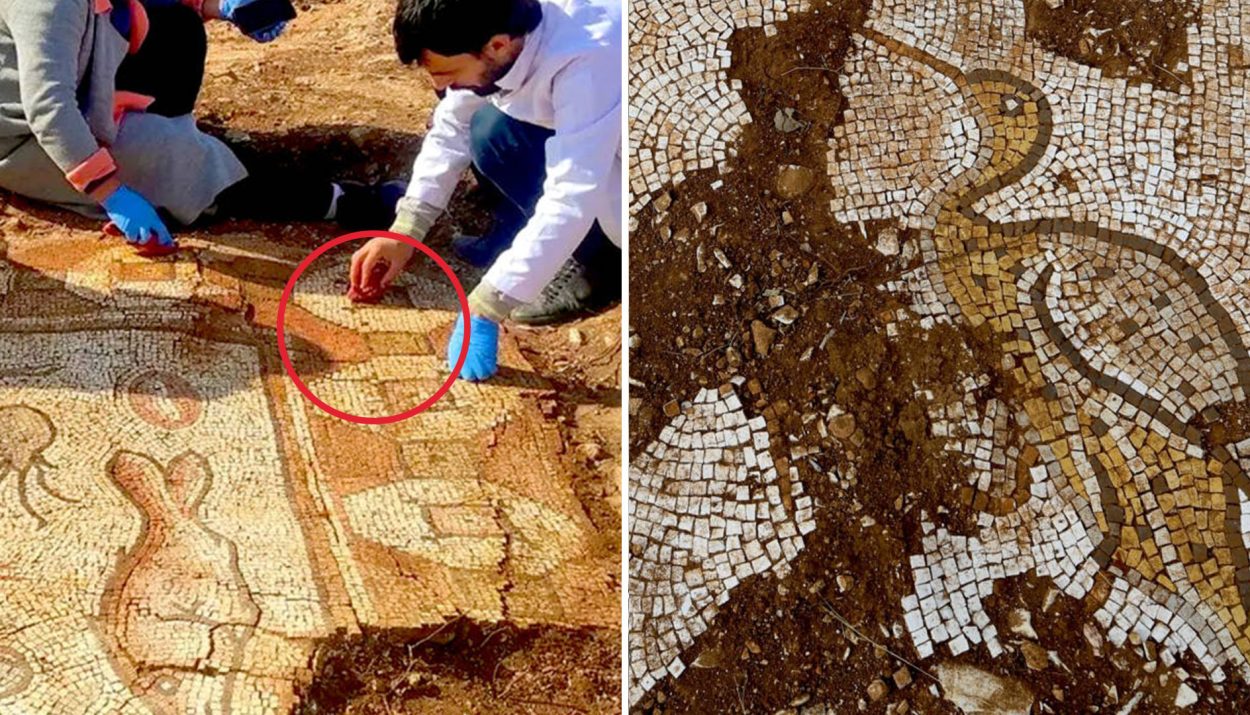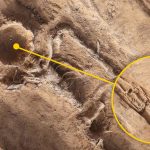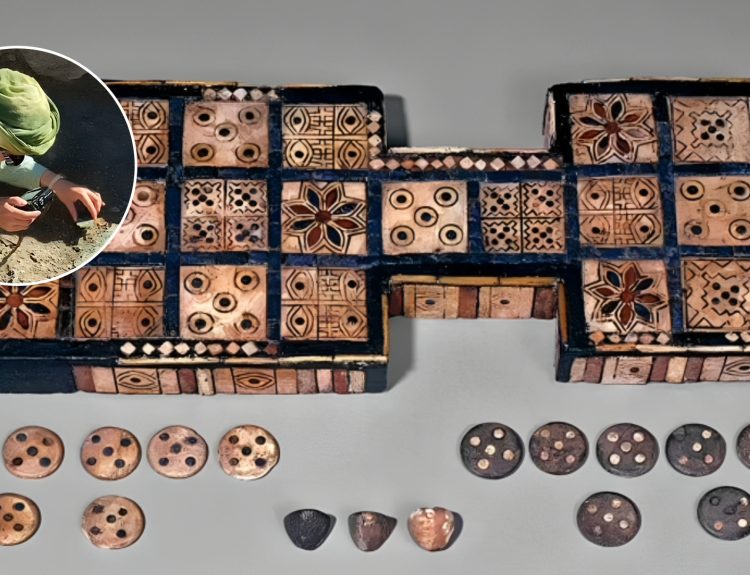Sometimes, there is more to archaeology than just brushing aside dirt. In October 2023, a team of archaeologists were called in to do a clean up and rescue operation in southeastern Turkey. They had been told that unscrupulous people had been conducting an illegal excavation there.
The archaeologists were brought it to assess the damage, do any necessary repairs, and try to ascertain how many artifacts had been stolen. As they expected, they found a considerable amount of damage. But they also found something totally unexpected – an ancient Roman mosaic!
Crime-Fighting Archaeologists
It may seem like the plot of an Indiana Jones movie, but archaeologists frequently encounter other would-be diggers at key excavation sites. Only these other people aren’t rival archaeologists from a competing museum or Nazis, like Indy battled. They are looters trying to profit from selling ancient artifacts.

A pressing issue in archaeology today is the looting of historically significant archaeological sites. Looters – without the proper permits and authority – do their own excavations at ancient sites to retrieve items for the antiquity trade. Not only are they stealing valuable artifacts, but they are causing irreparable damage.
“Site Looting Is Rampant“
According to Hershel Shanks of the Biblical Archaeology Society, “Site looting is rampant.” He places looters into two categories – looters with permits and looters without permits. He explained that there are professional archaeologists who go through the proper channels to get permits, but do not publish scientific reports on their dig activities.
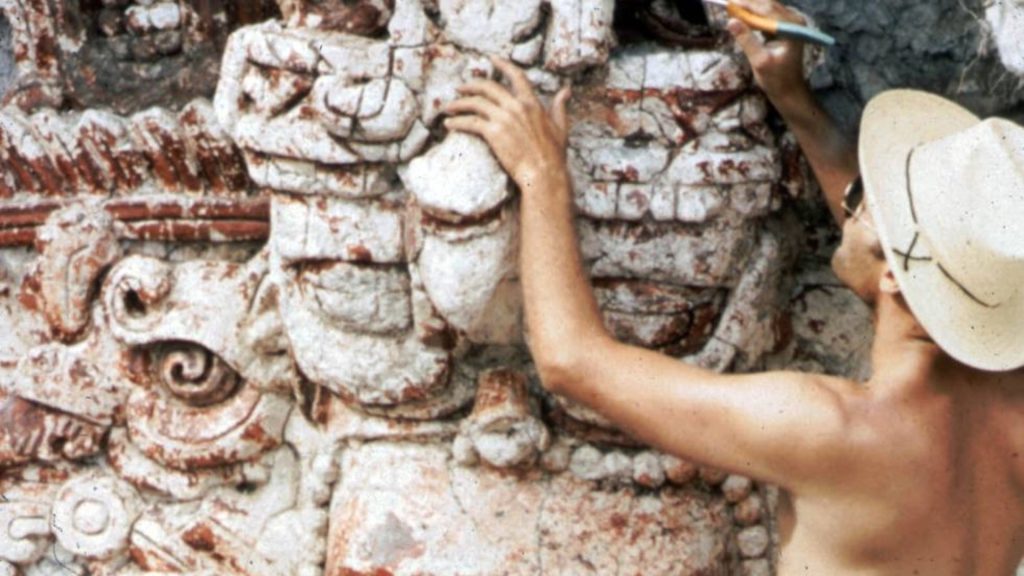
He added, “In the absence of a final scientific report, the information gleaned from the excavation is irretrievably lost.” The non-permitted looters, on the other hand, are individuals with little to no archaeology training who steal artifacts to sell on the antiquities market.
The Damage Was Done
It was the second kind of looters – the ones without the proper permits – that the archaeology team was responding to in October 2023. The team, from the Mardin Museum located about twenty miles away, was sent to a site in the Mardin province of southeastern Turkey … to a place called Kela Hanma, or Lady’s Castle.

Kela Hanma had been targeted by illegal looters in the past. When the archaeologists arrived at the site in October, however, they discovered several new, unauthorized excavation pits. Sadly, the looters caused severe damage to the ruins at the location.
The Roman Settlement at the Lady’s Castle
From the 5th to the 7th centuries, Roman settlements flourished in southwestern Turkey. Kela Hanma, a forested location found between Turkey’s Artuklu and Kiziltepe districts, was where wealthy Roman landowners went to get away from their stressful lives.
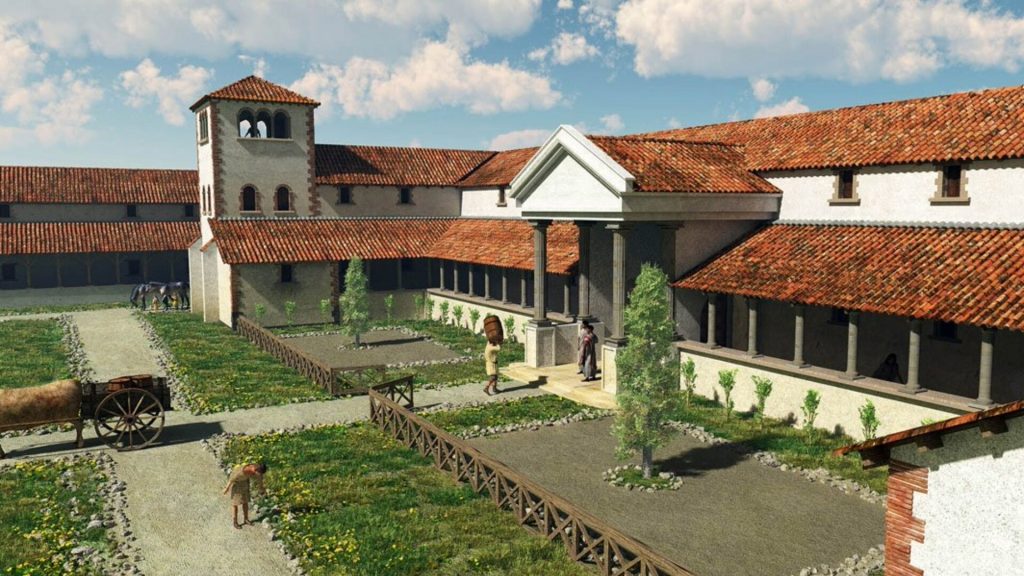
At Kela Hanma, these Romans constructed lavish villas that, while resembling farmhouses, were a combination of resort homes and working farms. They were, as the Romans called them, “villa rustica.” Each villa had a “pars urbana”, or main house, and a “pars rustica”, or farm area.
Lifestyles of the Wealthy Romans
Villa rustica was designed for both function and luxury. The entire villa was surrounded by a wall. Within it, there were several connected buildings. In addition to the main living quarters, which reflected the owner’s status and wealth, there were living quarters for the servants and even a necropolis.
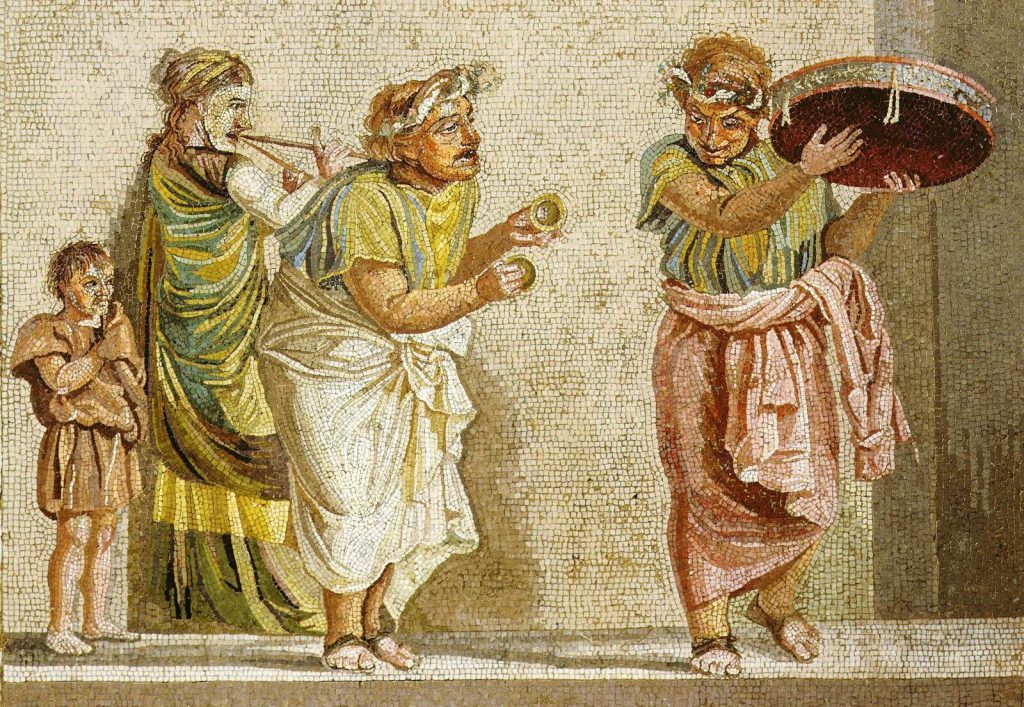
The purpose of having a villa rustica was to provide the wealthy landowner with a vacation getaway where he could go to relax and soak up the sun. A prominent Roman often moved his family and staff of servants to his villa rustica for prolonged periods of time so he naturally wanted the home to be well appointed with all the finest things.
Kela Hanma’s Ancient Roman Villas
According to Abdulghani Tarkan, the director of the Mardin Museum, the villa rustica at Kela Hanma dates back more than a millennium ago and demonstrates some regionally unique features. The site contains a number of artifacts of historical significance.
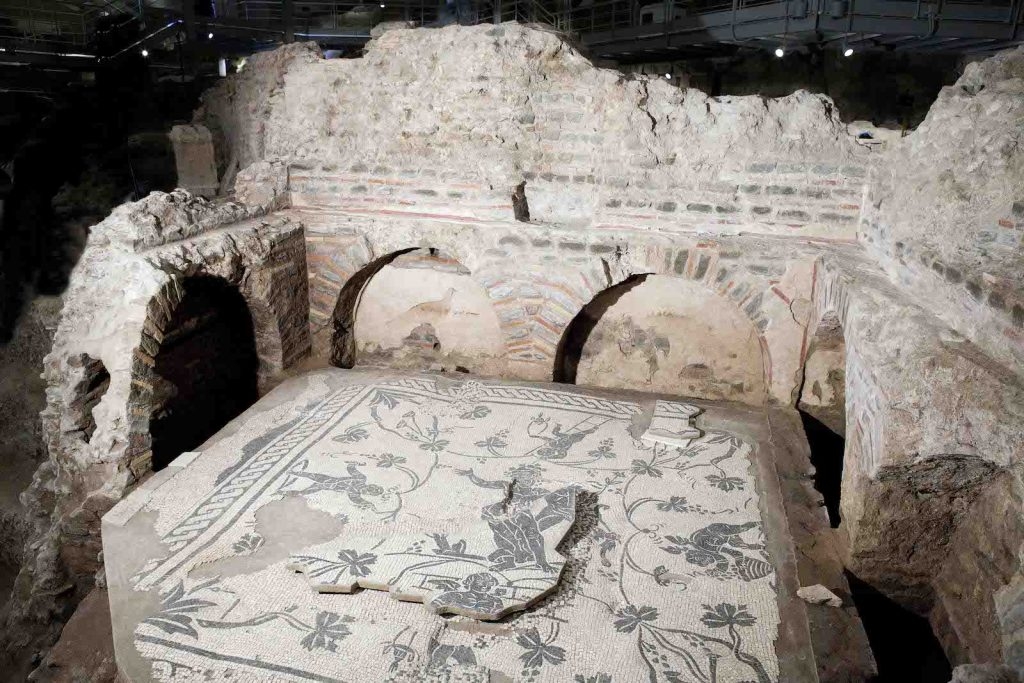
But Tarkan added, “The area is not just limited to the rural villa. There are different architectural remnants on the southern slope and a necropolis area.” The ruins at Kela Hanma are extensive and continue to yield stunning artifacts, including the newly discovered Roman mosaic.
The Rich History of the Mardin Province
Turkey’s unique position straddling Europe and Asia means that it played a pivotal role in the rise and fall of many ancient cultures. The various groups that resided in Turkey all left their mark on the country and the culture of its people.
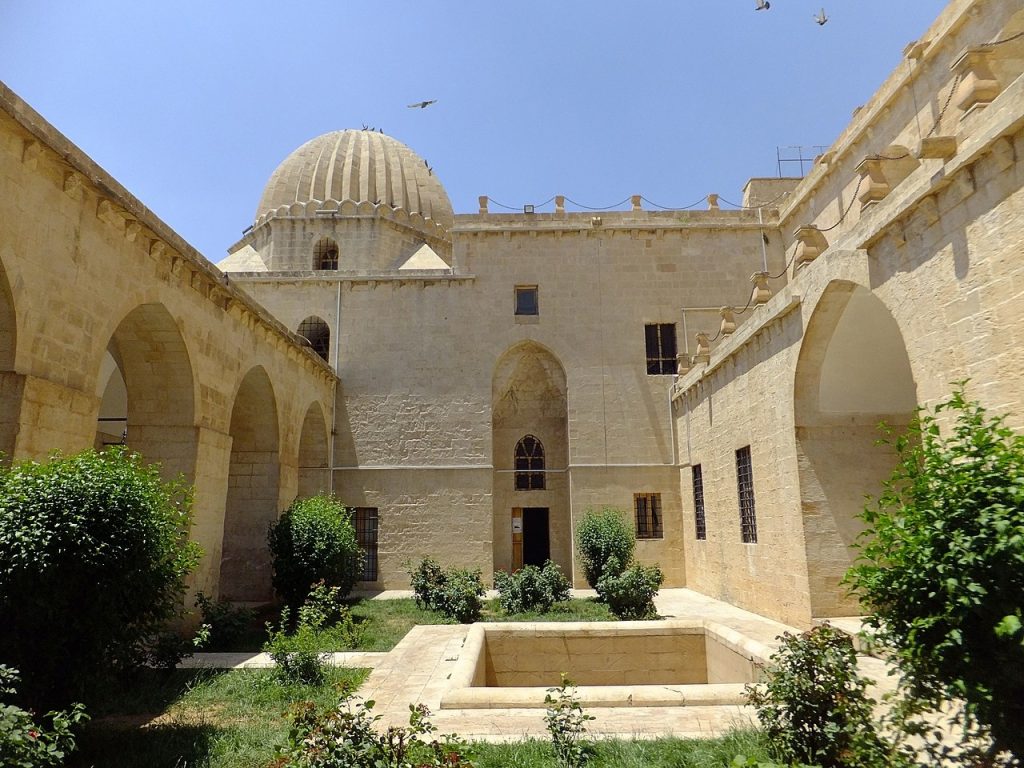
The archaeological site at Kela Hanma is just one part of the rich and vibrant history of Turkey’s Mardin Province. From about 150 BCE to 250 CE, Nabataean Arabs inhabited the area. After that, the Assyrians, Romans, and Byzantines occupied the area.
A Massive and Intricate Mosaic
While assessing the damage done by looters, the team of archaeologists found a massive and intricate Roman mosaic at the villa rustica at Kela Hanma. The mosaic measures an impressive 1,000 feet across and is made up of tiny, artfully arranged colored pieces.
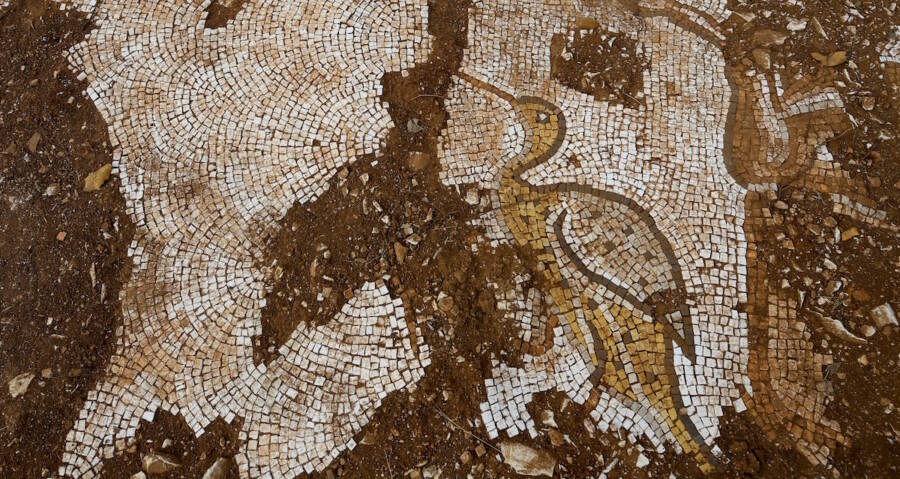
The design of the mosaic features many geometric shapes and patterns, such as hexagons and octagons. In addition to abstract images, the mosaic includes depictions of fish, seals, aquatic plants, sea birds, and octopuses … which the archaeologists were stunned to see.
A Mosaic Unlike Any Other
The mosaic, according to Tarkan, is “adorned with animal figures and rare sea creatures like octopuses and various fish species.” He added that it is “distinctive of this region.” No other mosaic ever discovered in the region includes such a rich display of marine life.
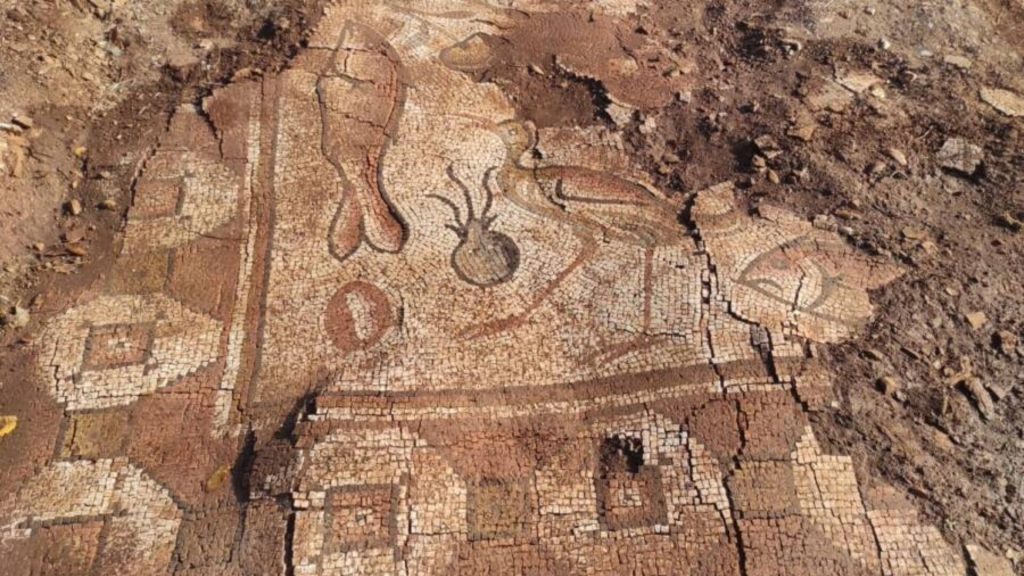
But what makes the depictions of marine life featured on the mosaic truly remarkable is that Kela Hanma is not a coastal region. In fact, it lies about 550 kilometers, or 341 miles, from the Mediterranean Sea and 645 kilometers, or 400 miles from the Black Sea.
Protecting the Site and Preserving Artifacts
Tarkan explained that the next step is for the archeological team to gingerly remove the mosaic and transport it to the Mardin Museum where it will be restored and protected. The find, he maintains, highlights the urgent need to protect archaeological sites like the one at Kela Hanma.
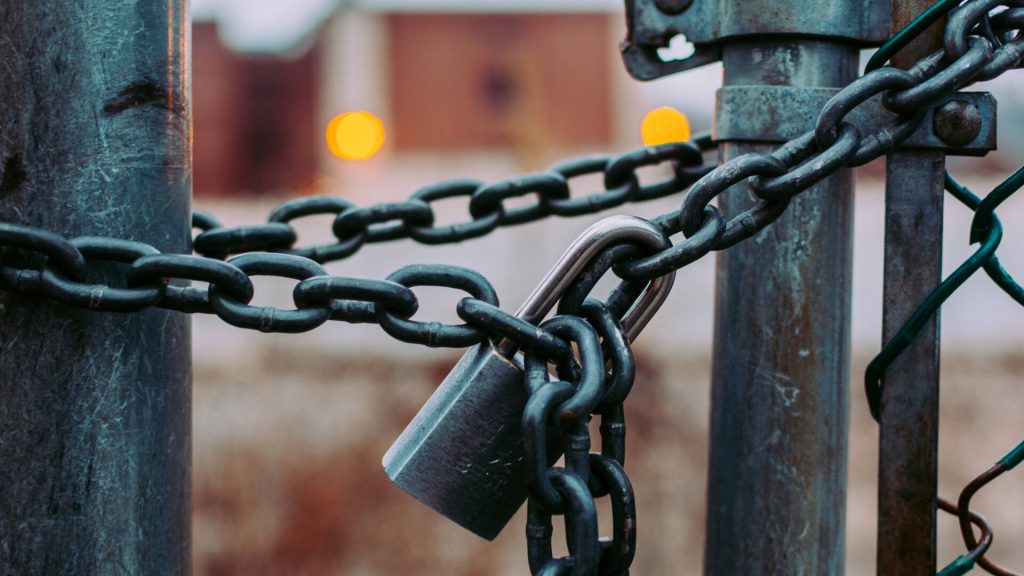
“Our priority is to preserve these historical relics to prevent further deterioration,” he said. And to prevent theft and damage caused by looters looking for artifacts they can sell on the antiquities market.

